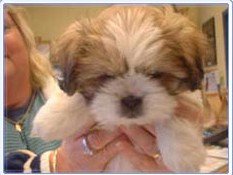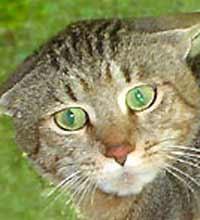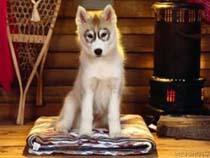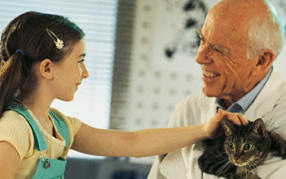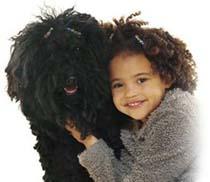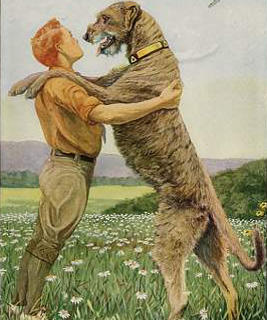 Some words about China horoscope : next year, on the Far East lunar calendar, start on the 22-d of January, but Chinese people don’t worry too much that almost all people in the world will celebrate the New Year in the night on the 1-st of January. Lunar calendar divided into 12 five years cycles, where each of 12 animals conform one by one five elements – wood, fire, water, land and metal. And each of the elements has a color – red, yellow, white, black. The twelve-year cycle end with the Fiery Dog and Fiery Pig Years.
Some words about China horoscope : next year, on the Far East lunar calendar, start on the 22-d of January, but Chinese people don’t worry too much that almost all people in the world will celebrate the New Year in the night on the 1-st of January. Lunar calendar divided into 12 five years cycles, where each of 12 animals conform one by one five elements – wood, fire, water, land and metal. And each of the elements has a color – red, yellow, white, black. The twelve-year cycle end with the Fiery Dog and Fiery Pig Years.
On February, 10 on January, 1910-29 1911: the Metal Dog
On January, 28 1922 - on February, 15 1923: the Water Dog
On February, 14 1934 - on February, 3 1935: the Wooden Dog
On February, 2 on January, 1946-21 1947: the Fiery Dog
On February, 18 1958 - on February, 7 1959: the Earthen Dog
On February, 6 1970 - on January, 26 1971: the Metal Dog
On January, 25 1982 - on February, 12 1983: the Water Dog
On February, 10 1994 - on January, 30 1995: the Wooden Dog
On January, 29 2006 - on February, 17 2007: the Fiery Dog
The characteristic on signs on the Zodiac born in one year of the Dog
ARIES- the Dog of war. Makes the way through a fog. True hound.
TAURUS - the True Dog. But is less cynical and it is perspicacious, than others.
GEMINI - the Scientific Dog. Has kind heart.
The CANCER - the Sensitive Dog. Excessively vulnerable.
The LEO- Creates a lot of noise, barks much to surpass the opponents.
The VIRGO - this high-tech Dog. Will not give itself to carry away to a case.
LIBRA - very soft character. It is a little diplomacy.
SCORPIO - the Furious Dog. Do not trust its fighting item.
SAGITTARIUS - the Vigorous Dog. Anything will not stop it.
STAR SIGN CAPRICORN - the Cautious Dog, it is possible to expect for it, but it is restless.
AQUARIUS - the Scientific Dog. The intellectual in the environment.
PISCES - the Original Dog. Has interest to swimming.
Famous people, were born in the Dog Year:
Elvis Presly, Bridgit Bordo, David Bowie, Sharon Stoun, Andre Agassi…

